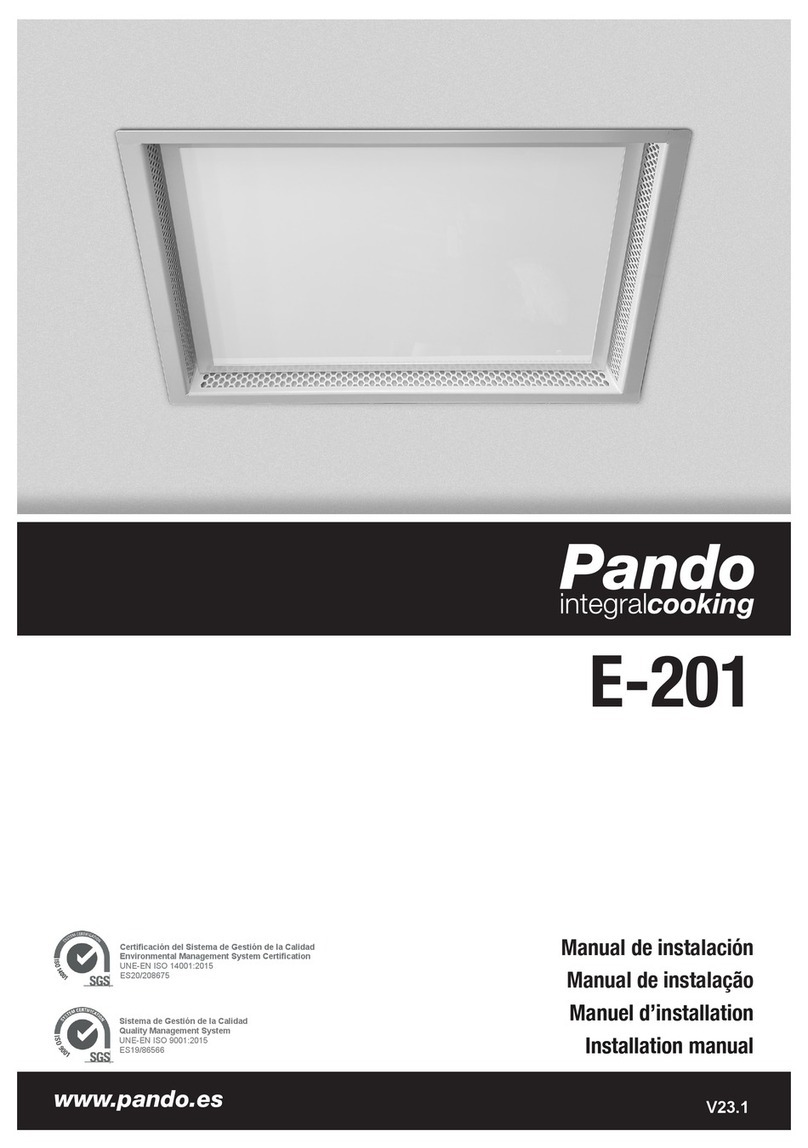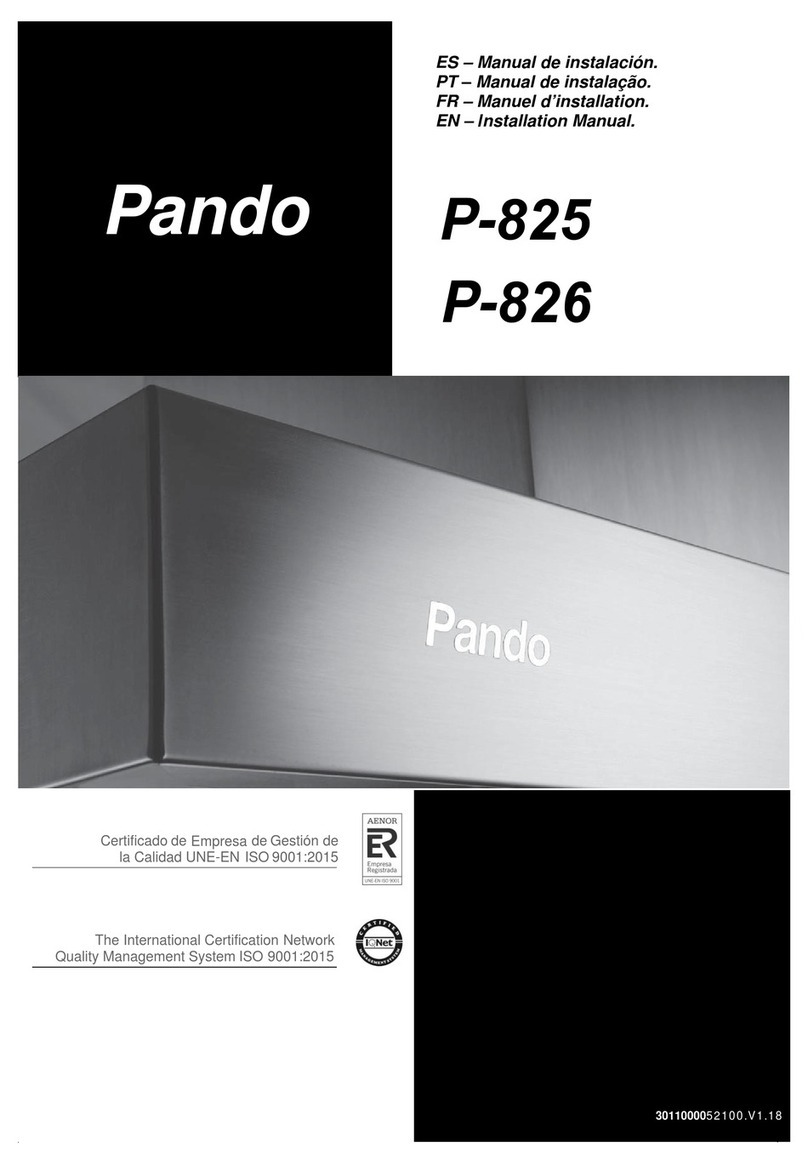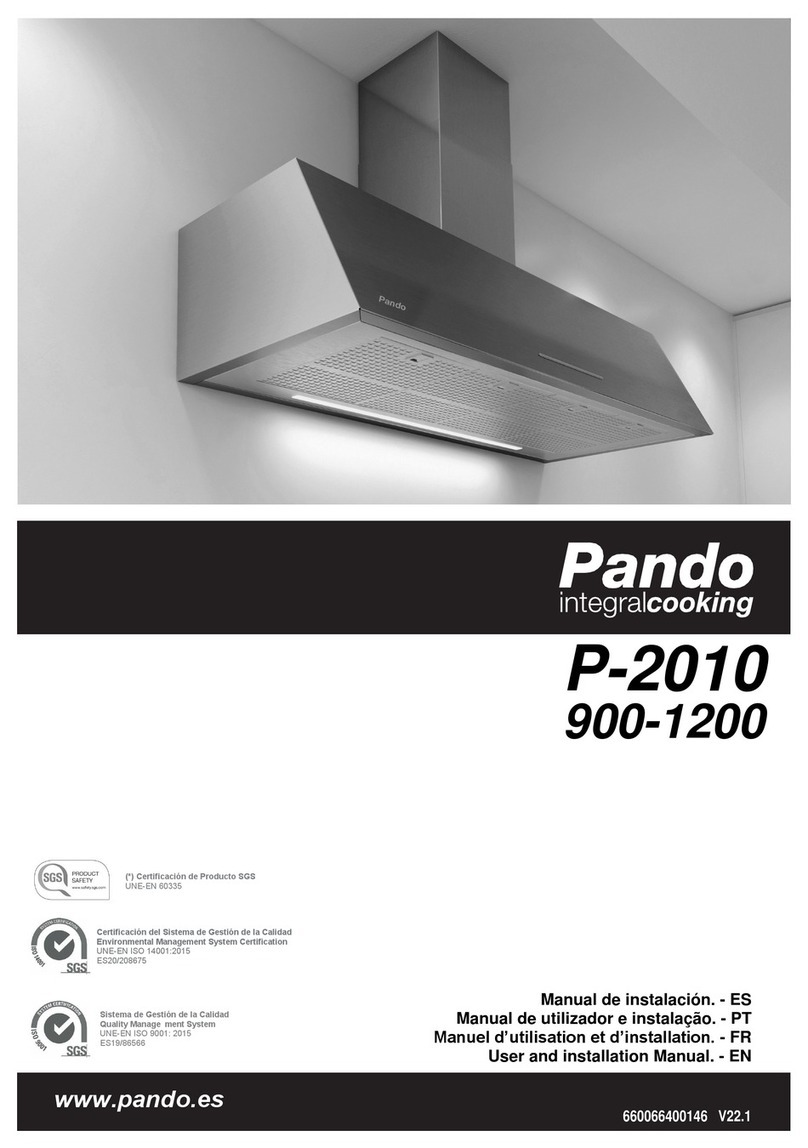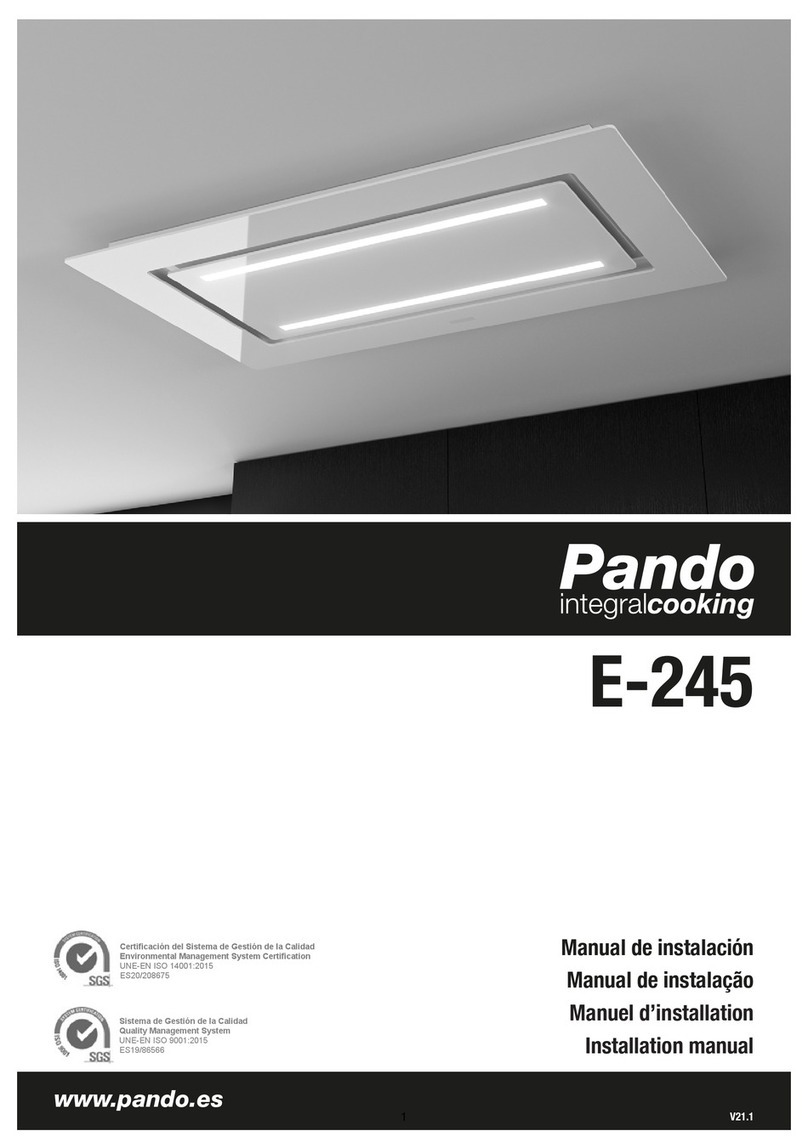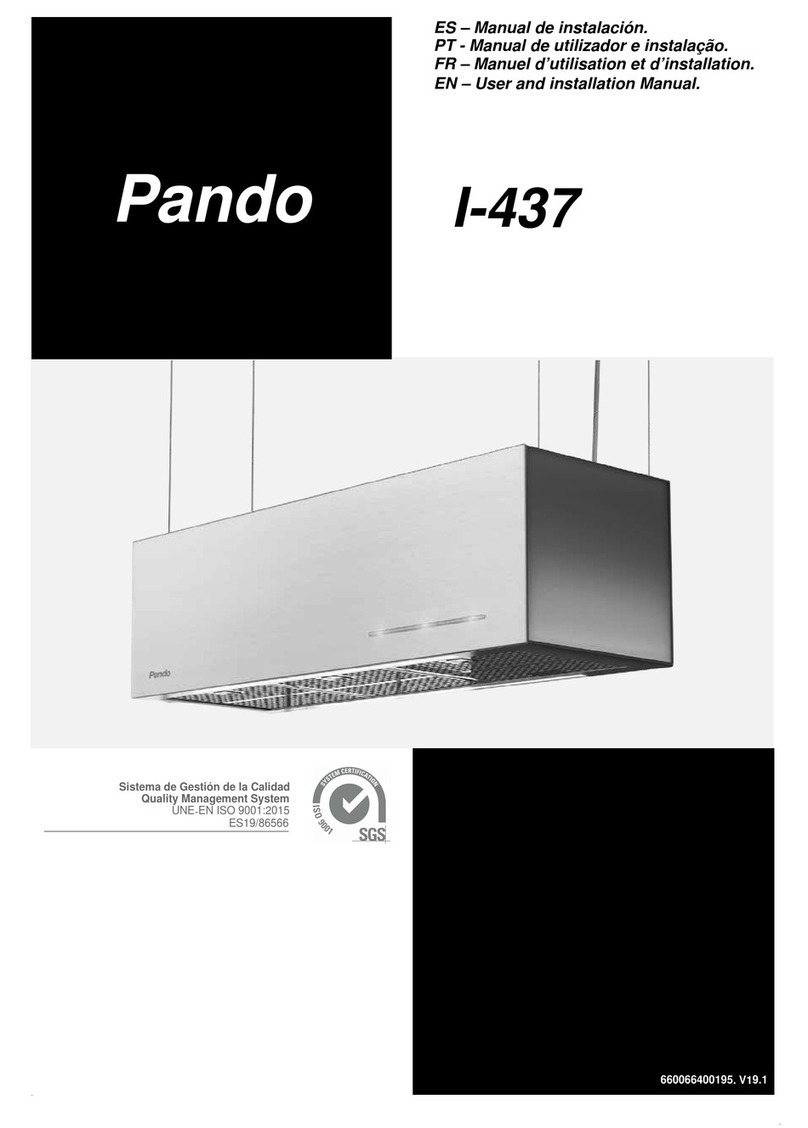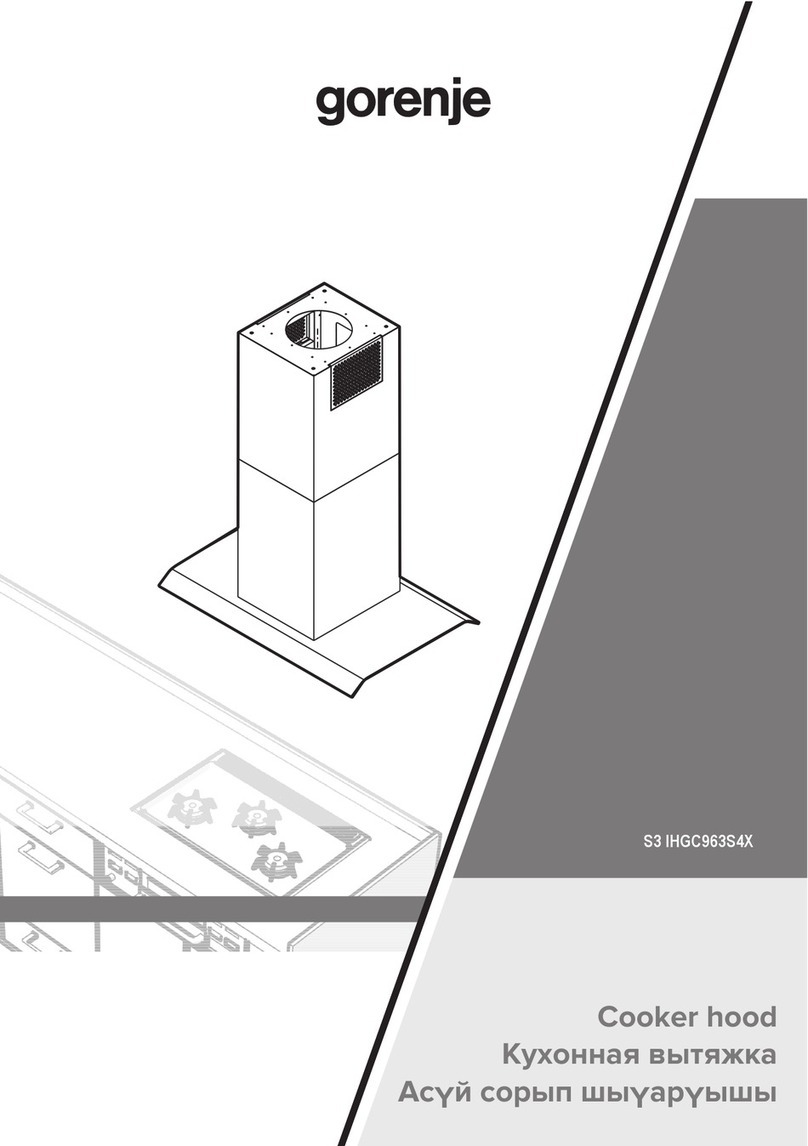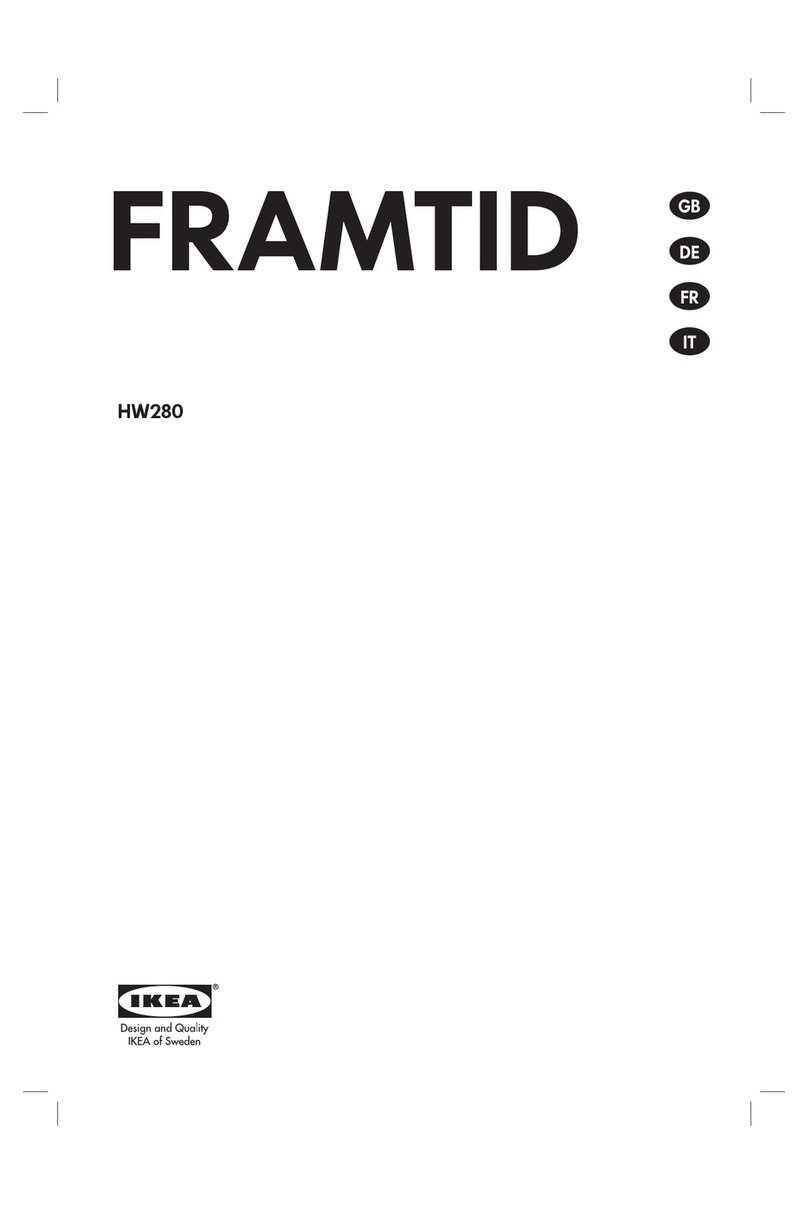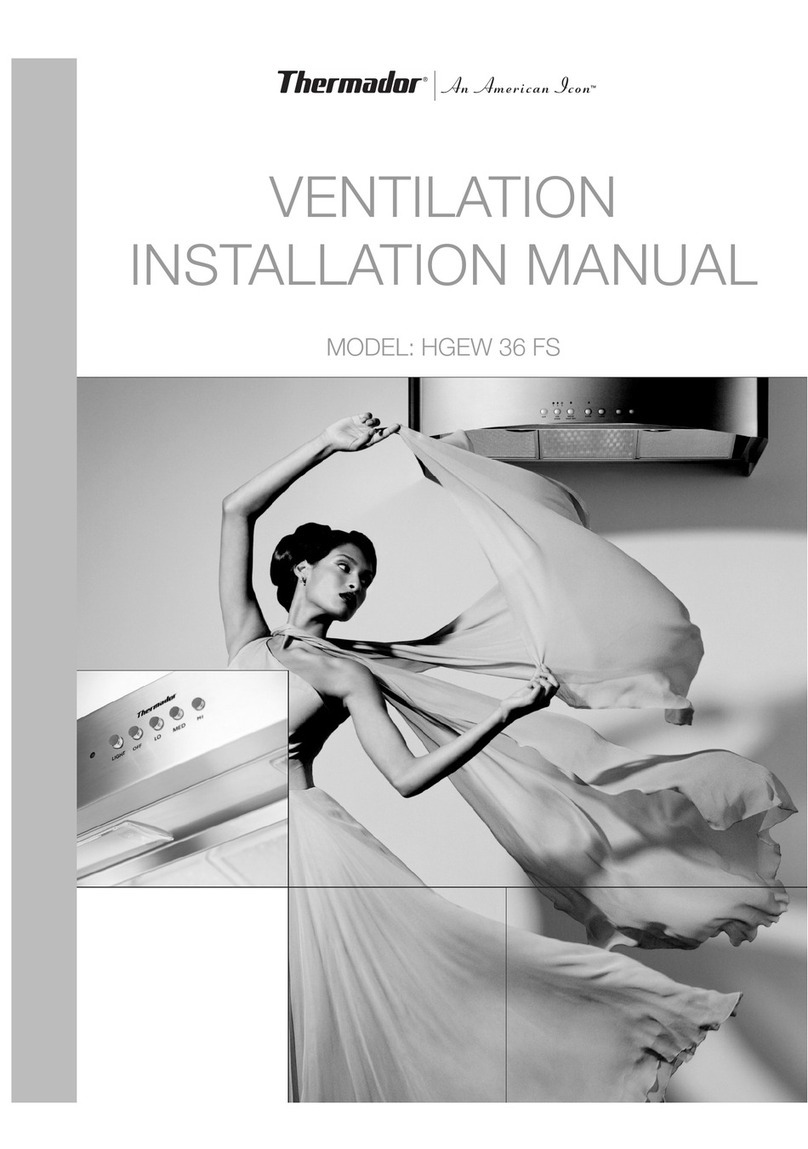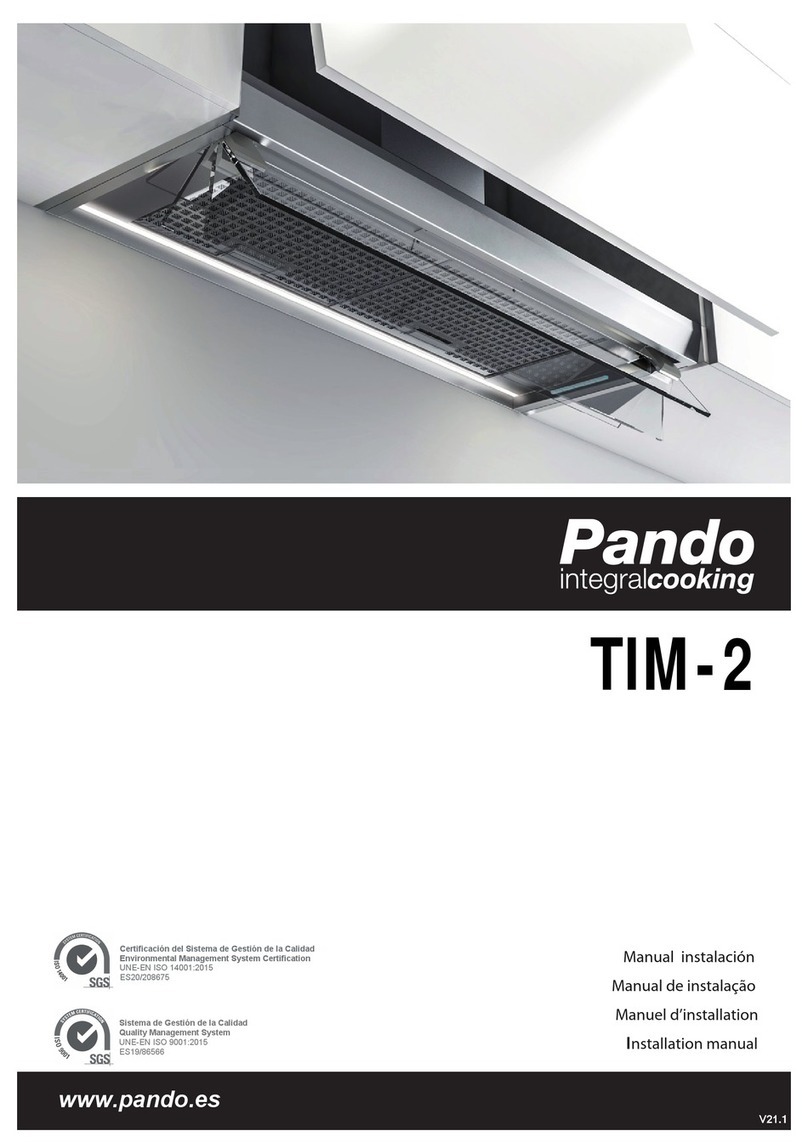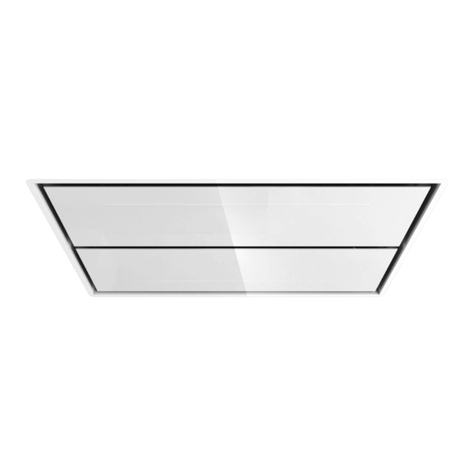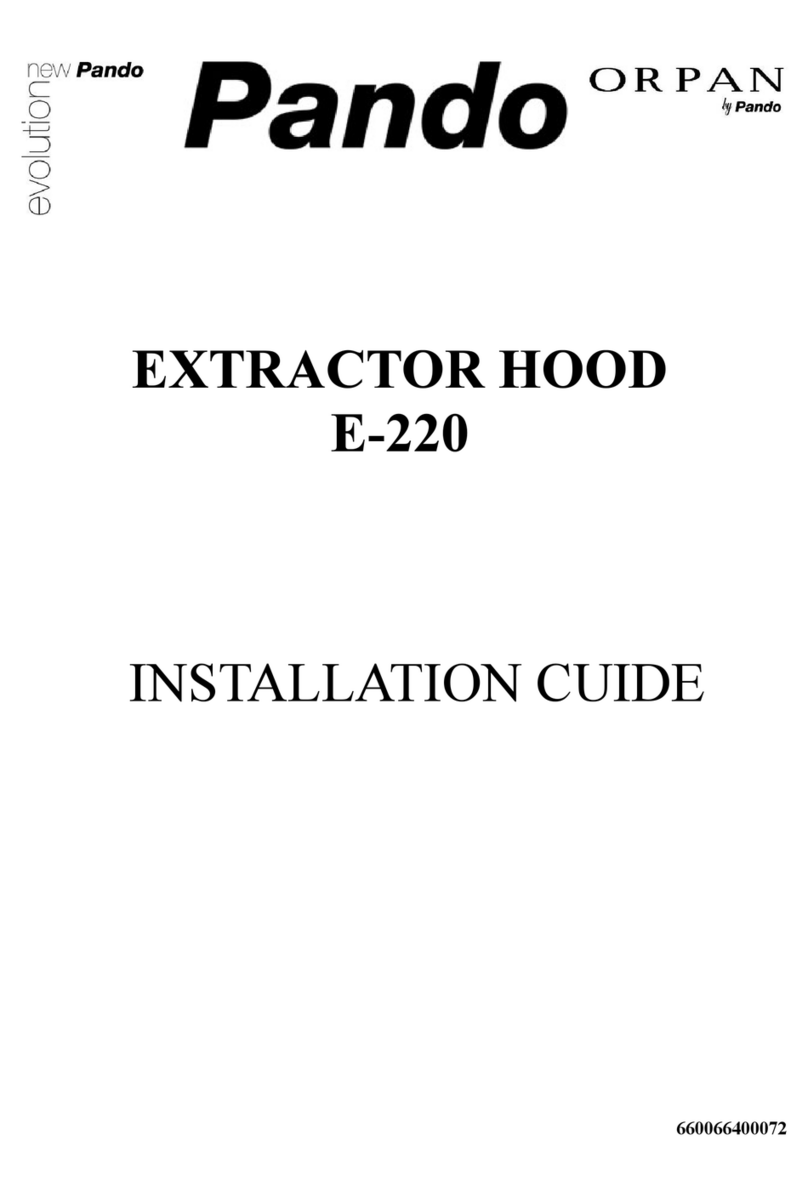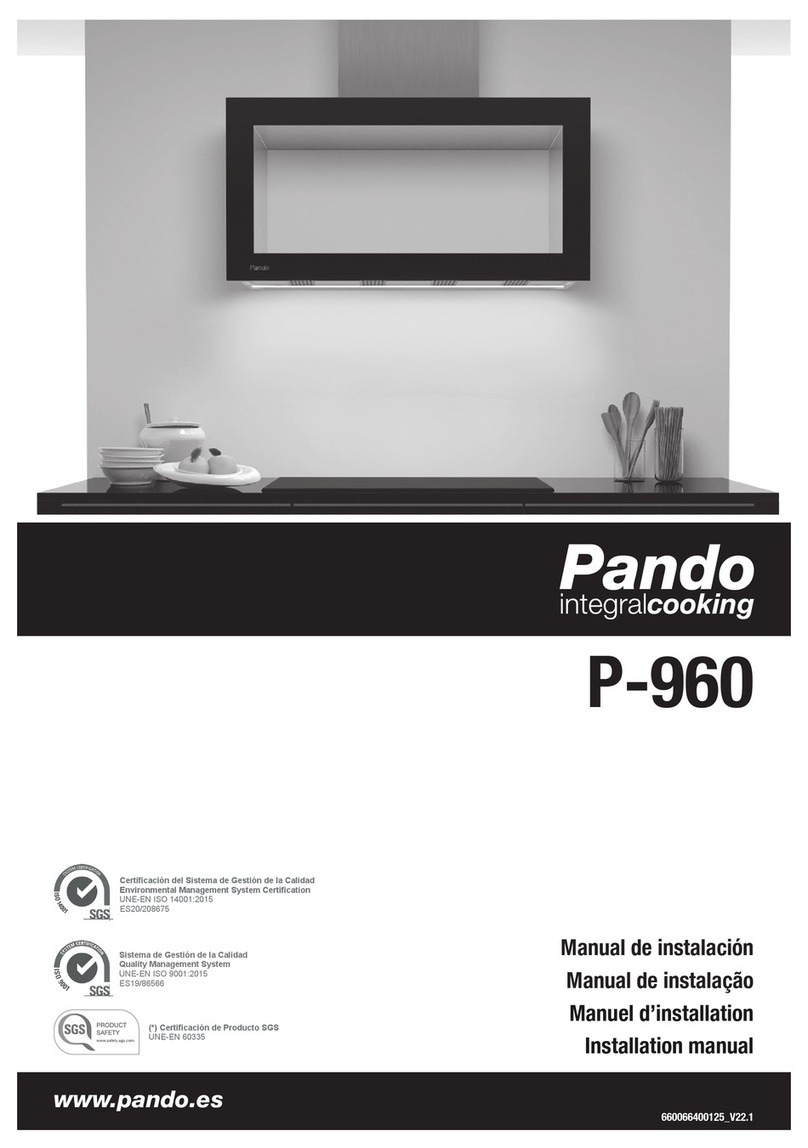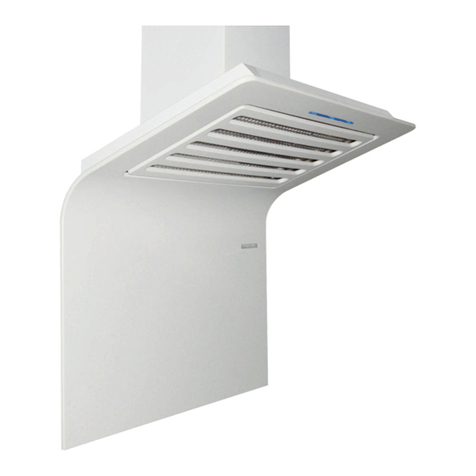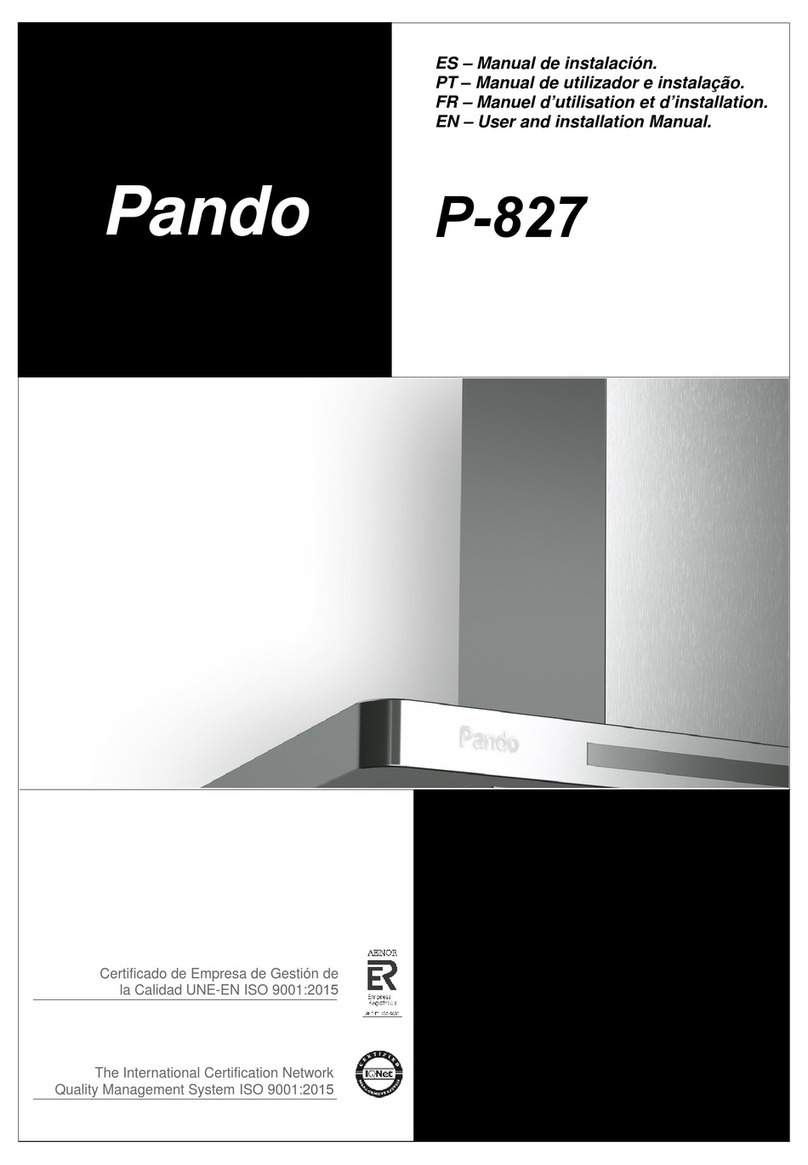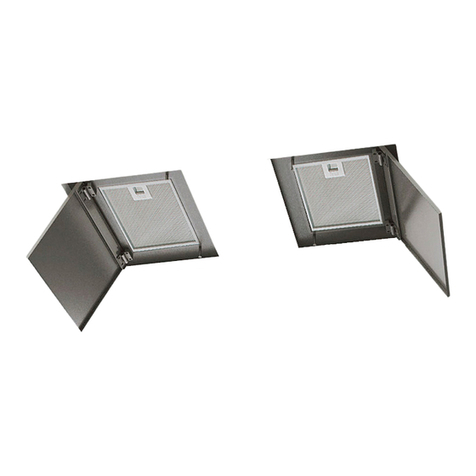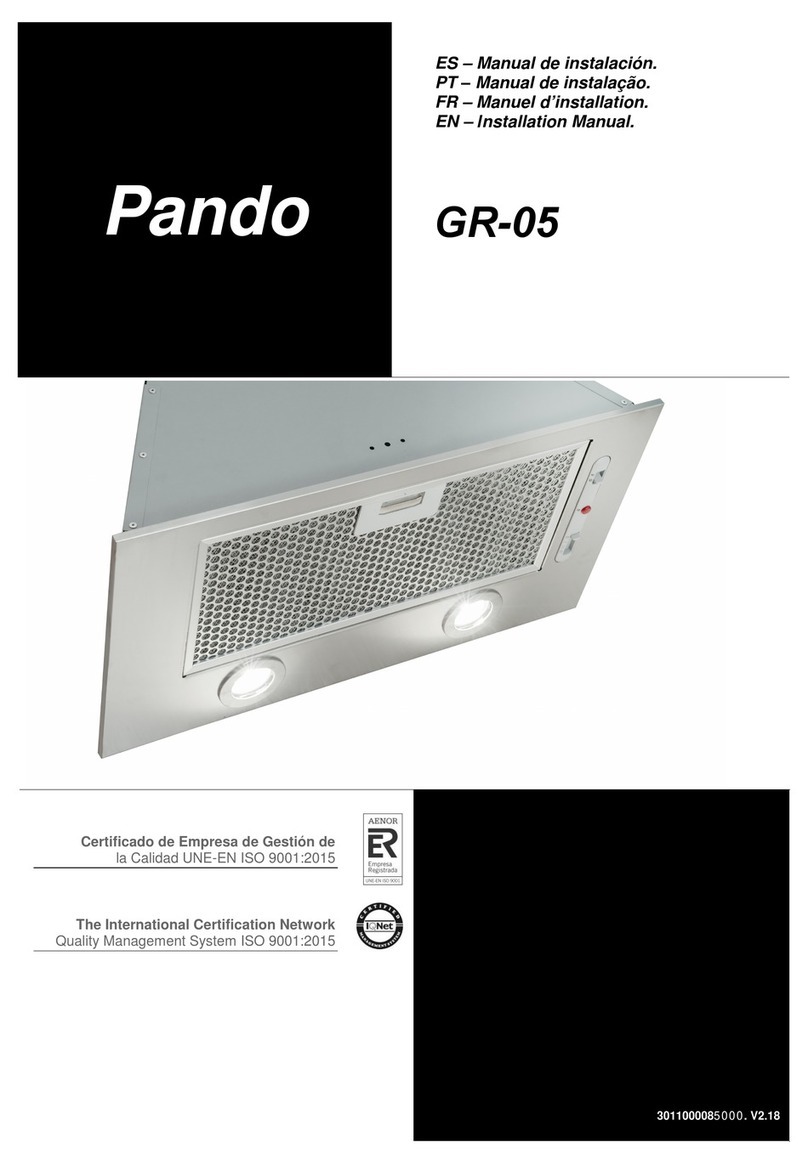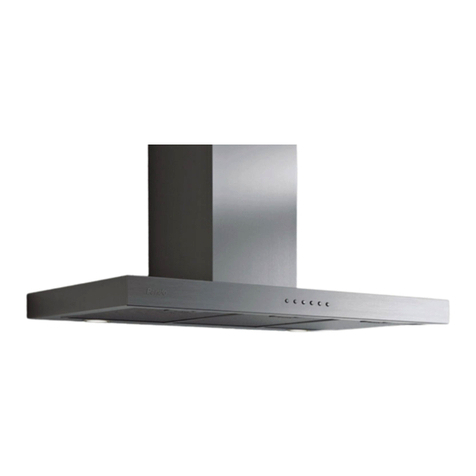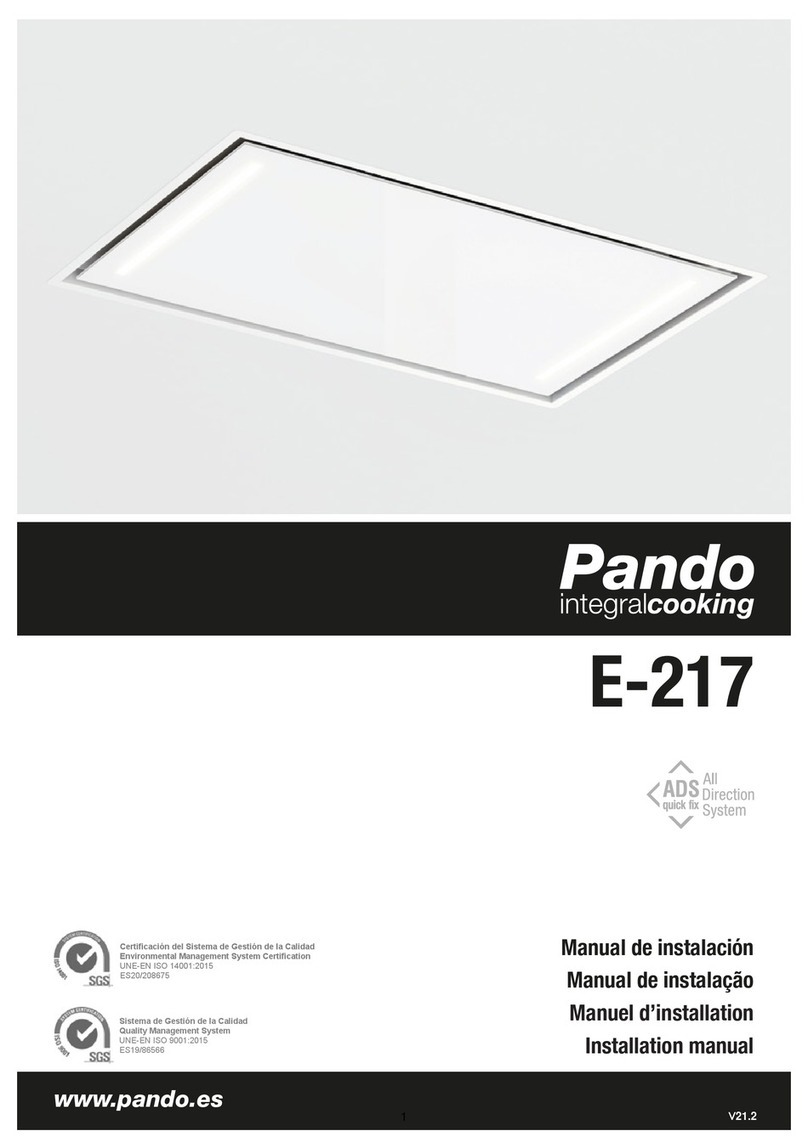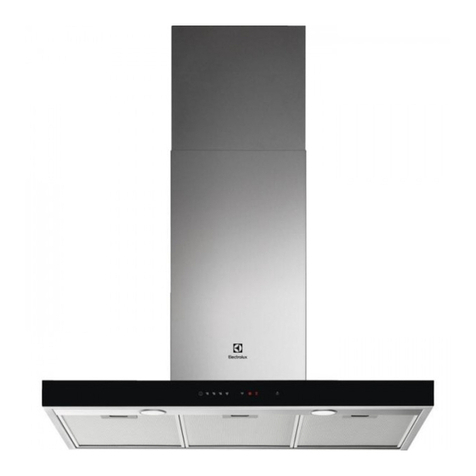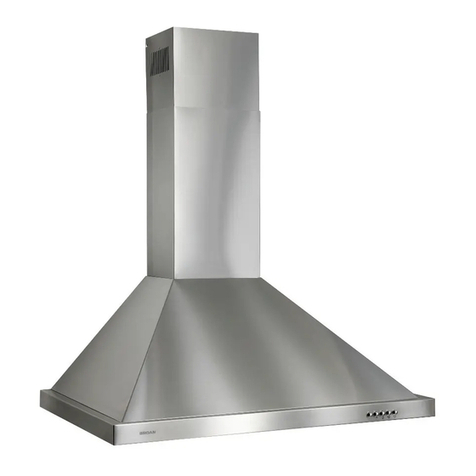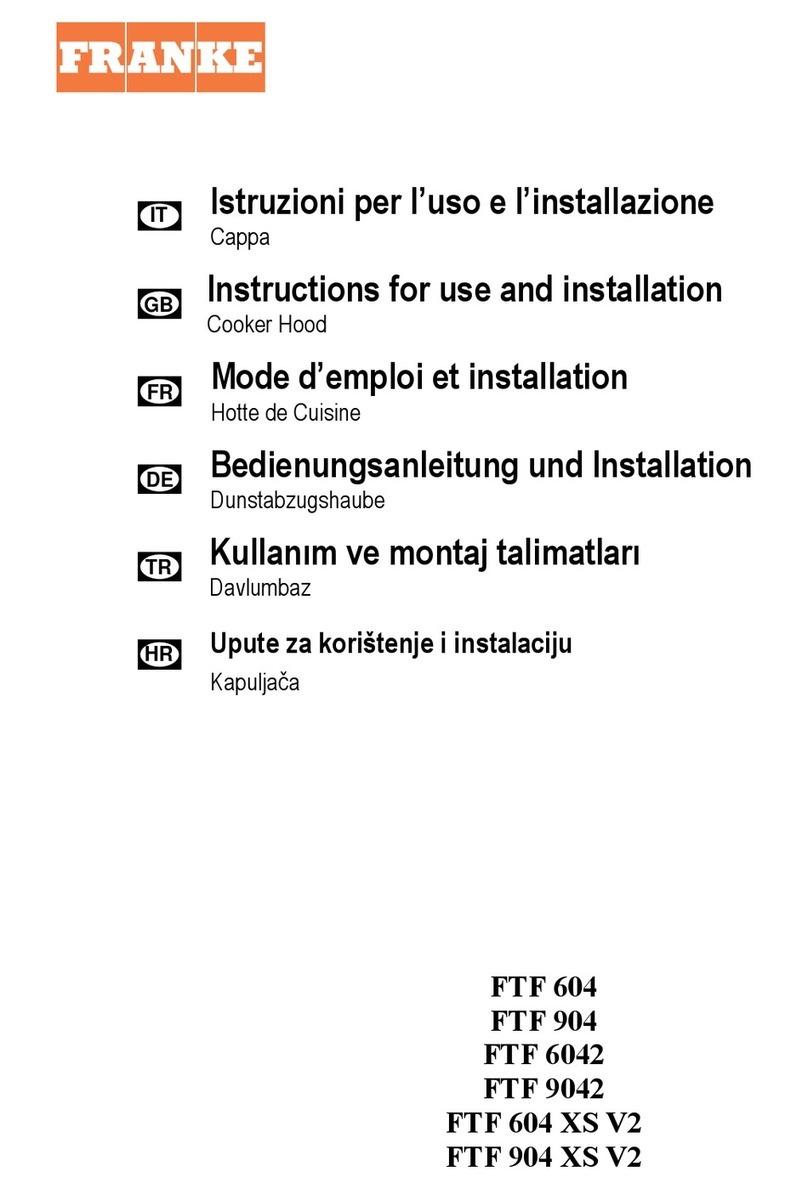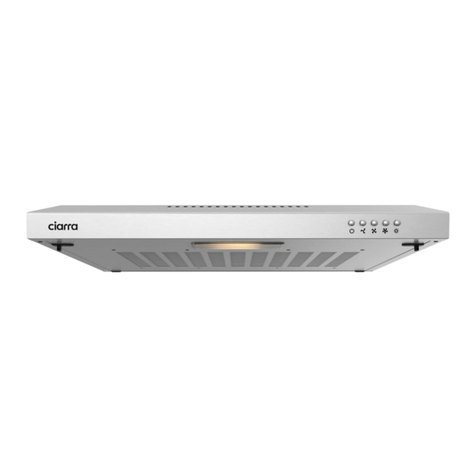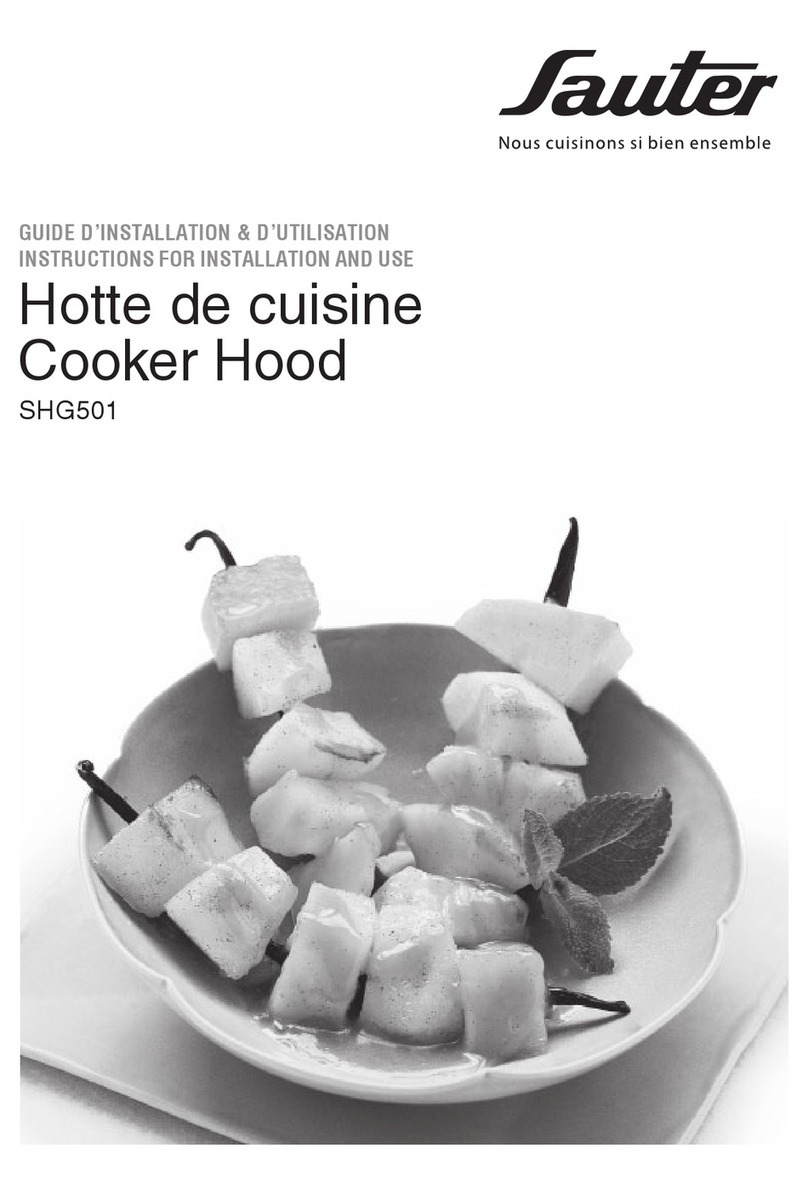EN
- 3 -
This applicance can be used by children aged 8 or over and people with reduced physical, sensory or
mental abilities or lack of experience and knowledge only if they are given appropriate supervision or training
regarding the safe use of the appliance and understand the risks involved. Children must not play with the
appliance. Cleaning and user maintenance must not be performed by children without supervision.
• Remove the packaging immediately when you receive the appliance. Check its general appearance and
in the event that you see any problem inform your dealer or installer immediately.
• Your appliance is intended for normal domestic use. It is not to be used for commercial or industrial
purposes or for any purpose other than those for which it was designed.
• The supplier makes no guarantee as to any consequences and harm arising from incorrect installation or
misuse of the appliance.
• Never attempt to modify the features of this appliance as this represents a risk. Repairs must be carried
out exclusively by an authorised specialist technical service. To avoid risks, all tampering with the appliance
is prohibited, including replacing the power cable.
• If the hood is not fitted with a power cable and a plug, or some other means of disconnecting it from the
mains power supply featuring a contact gap in all poles to assure total disconnection under the conditions
provided for by overvoltage class III, it must be equipped with means of disconnection from the fixed
installation in accordance with installation regulations (omnipolar circuit breakers connected directly to the
power terminals, which must have a contact gap in the poles to cut off the electrical power supply in the
event of class III overvoltage).
• It must be possible to disconnect the device from the power supply after installation. This can be done by
making the plug accessible or by fitting a circuit breaker in the electrical installation in accordance with the
rules for the installation.
• If the power cable is damaged, it must be replaced by the manufacturer, its after-sales service or similar
qualified staff in order to avoid any danger.
• Special care must be taken when drilling into walls or ceilings to ensure there are no concealed electrical
cables, pipes, metal girders, etc. as drilling into them can cause serious damage, divert electrical current
or transmit noise and vibration.
• IMPORTANT: For installation, always switch off the power supply at the appropriate differential or
circuit breaker in the main house fuse box before making the electrical connection for the appliance.
• WARNING: Always disconnect the hood from the power supply by unplugging it or using the
appropriate differential or circuit breaker in the main house fuse box before beginning cleaning or
maintenance work. Never use steam or high-pressure devices to clean your hood (electrical safety
regulations). See section 5, page 24-29, cleaning and maintenance.
• Never cook foodstuffs directly over the flame or have the gas burners on under the hood without cooking
recipients over them (flames sucked in might damage the appliance and the warranty would be voided). The
appliance is not authorised for use over a solid fuel burner (wood, coal, etc.).
Frying under the hood must be constantly supervised because oils and fats can catch fire at very high
temperatures. Do not flambé food under the hood.
• Caution: risk of burns. Accessible parts of the appliance can heat up when used with cooking equipment.
• The distance between the surface on which the cooking containers stand on the hob and the bottom of
the hood must be at least 65cm if the extractor hood is fitted over a gas cooker. If the gas cooker installation
instructions specify a greater distance, this must be taken into account.
1. SAFETY INSTRUCTIONS


